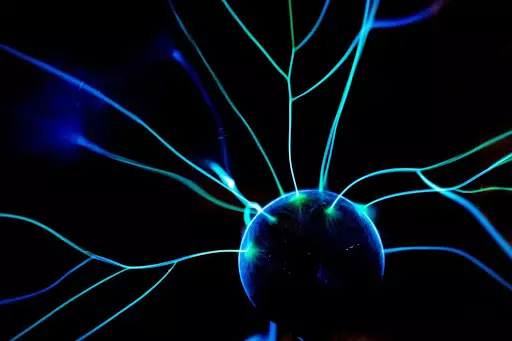Decentralized Autonomous Organizations (DAOs) represent a relatively new concept that has gained significant traction within the crypto ecosystem. Unlike traditional business models characterized by centralization, DAOs promote a decentralized approach to decision-making and governance. While previous attempts at decentralization have often failed due to issues such as corruption and centralization, blockchain technology has paved the way for truly decentralized organizations. By leveraging smart contracts and automated processes, DAOs offer transparency, automation, and incentives that traditional organizations have struggled to achieve. This article delves into the importance of DAOs, their potential limitations, and the emergence of SubDAOs as a solution for scalability within these organizations.
At its core, a DAO is a structure wherein individuals align their interests with a specific platform and are granted the ability to propose and vote on ideas. This alignment of interests, often through staking, enables individuals to have a meaningful say in the development of potentially billion-dollar platforms. The key aspect enabling this structure is blockchain technology, which ensures transparency and removes the potential for corruption. Furthermore, the use of smart contracts allows for automation and incentivizes the continuous improvement and growth of the platform. These foundational elements have allowed DAOs to accomplish what political, social, and religious organizations have failed to achieve over centuries.
While DAOs present a promising model for decentralized decision-making, certain challenges inherent to their scalability need to be addressed. As more people join a DAO, the automated processes can handle the increased numbers without major issues. However, the effectiveness and efficiency of the DAO can become diluted when a large number of participants try to contribute to specialized topics such as finance, development, and logistics. The sheer volume of proposals and voting on these topics can overwhelm average DAO members and lead to uninformed decisions. Therefore, finding a solution that preserves the benefits of a DAO while ensuring scalability becomes paramount.
Recognizing the need for scalability, the concept of SubDAOs has emerged within the DAO ecosystem. A SubDAO is a specialized structure within a DAO that caters to a specific scope or domain. For instance, the dYdX Foundation has implemented an Operations SubDAO to handle the increasing workload as the ecosystem evolves. Initially, an Operations Trust was established for six months to organize the structure, determine future requirements, and ensure proper utilization of funds. With the completion of this trust period, the DAO voted to transform it into a SubDAO, setting a budget and defining its responsibilities.
The primary advantage of establishing SubDAOs lies in their ability to improve scalability within DAOs. By creating specialized structures, DAOs can avoid inundating members with a multitude of proposals unrelated to their interests. It also prevents the obligation to vote on matters they have limited knowledge about, ultimately mitigating the potential for groupthink and the associated consequences. SubDAOs ensure that only individuals who possess relevant expertise and are genuinely interested in a particular domain can join and influence decisions related to that area. This approach empowers qualified members to make better-informed choices and drive progress effectively within the DAO.
As platforms move towards implementing SubDAOs, it is crucial to be aware of certain risks and considerations. Establishing a SubDAO with only a few members who hold exclusive voting rights can result in disproportionate power. If these individuals are ill-equipped or have malicious intent, it could pose a significant threat to the platform. Therefore, careful thought should be given to the selection of SubDAO members and the allocation of budgets to ensure experienced and trustworthy individuals are involved. Furthermore, their interests must align with the overall goals of the platform.
Looking ahead, the adoption of SubDAOs within DAOs is expected to increase as platforms reach critical mass and experience substantial growth. As more SubDAOs are created, the decentralized nature of organizations can be preserved while addressing scalability issues effectively. Through ongoing breakthroughs, lessons learned, and the establishment of best practices, SubDAOs can help ensure that DAOs continue to embody the ideals of decentralized organizations.
The rise of SubDAOs offers a solution to the scalability limitations faced by DAOs. By creating specialized structures within a DAO, SubDAOs enable efficient decision-making and progress within specific domains, while preserving the decentralized nature of the organization as a whole. Although certain risks and considerations must be taken into account, SubDAOs have the potential to revolutionize the way decentralized organizations operate in the future. As platforms evolve and reach critical mass, the implementation of SubDAOs will serve as a vital component in unlocking the full potential of DAOs.


Leave a Reply